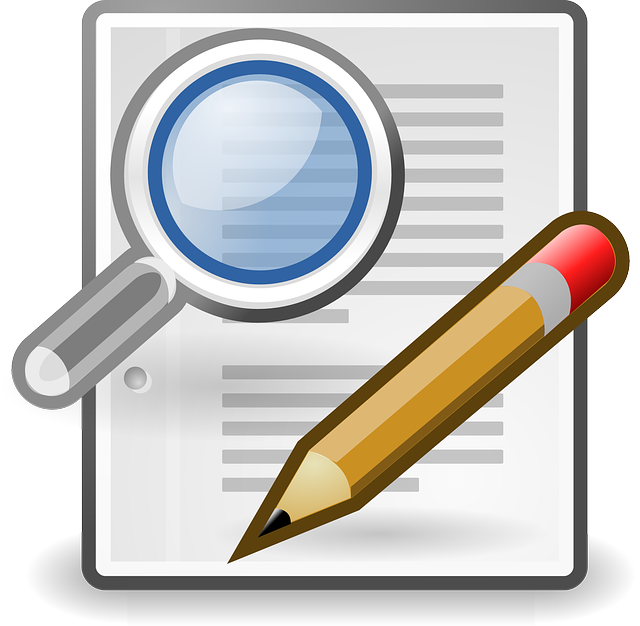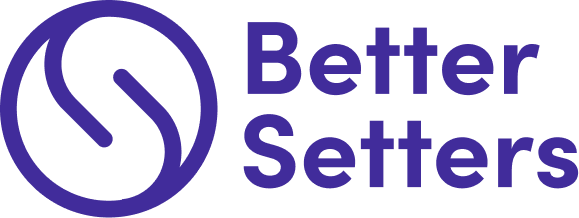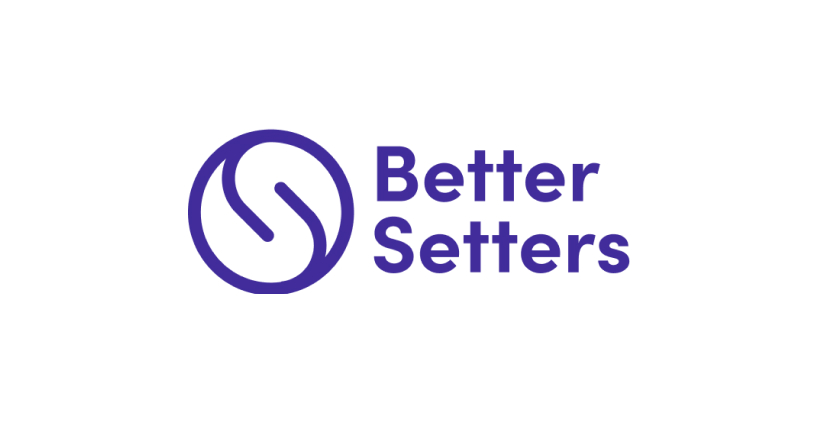Mar 27, 2023 | B2B LEAD GEN
Have you ever received a cold email that made you let out a sigh and hit the delete button without even opening it?
We’ve all been there. You open up your inbox and see a message from someone you’ve never heard of, trying to sell you something you don’t need, with a subject line that’s as generic as a can of spam.
It’s enough to make you want to hit the delete button faster than you can say “unsubscribe”.
Now picture this: You’re trying to catch up on emails when suddenly you see a subject line that catches your eye. It’s not the usual “Important message” or “URGENT – READ NOW” that you’re used to seeing.
No, this subject line is actually intriguing. It makes you want to click and see what’s inside.
And when you do, you find a well-crafted email that speaks directly to your business needs and offers a solution you didn’t even know you needed.
Sounds too good to be true? It’s not! With the right approach, cold emailing can actually be a fun and engaging way to generate leads for your B2B business.
So let’s dive into the dos and don’ts of cold emailing for B2B lead generation and find out how you can make your emails stand out from the crowd!
Understanding Cold Emailing
B2B cold emailing is a widely used marketing strategy where businesses reach out to a list of potential customers via email. This approach is commonly employed to share information about new products, promotions, and services or to announce new hires. The goal is to promote the business, build brand awareness, and ultimately generate leads.
Basically, to target high-value leads and bring them into your sales funnel.

Image credits: Pixabay
Despite the negative connotation associated with “cold” emails, they have proven to be an effective way to reach potential customers and strengthen brand identity. By crafting personalized and targeted messages, businesses can establish a connection with their audience and build trust. This can lead to increased engagement and, ultimately, conversions.
In today’s fast-paced business world, cold emailing has become a key component of successful marketing campaigns. It can be a powerful tool for boosting sales and complementing your existing marketing and website efforts.
However, it’s crucial to do it right since you’re reaching out to someone who may not know your company at all.
And if you’re new to the world of B2B lead generation, you may be wondering whether cold emails are just another form of spam. Let’s get one thing straight – they’re not.
While spam emails are generic and often come with aggressive calls to action that annoy recipients, cold emails are all about starting a conversation and understanding your client’s needs.
To be effective, cold emails need to be personalized and tailored to each individual client. This means taking the time to research their business and understanding their pain points.
By showing that you understand their unique challenges, you can demonstrate the value that your products or services can offer and, ultimately, build a lasting relationship with them.
To help you out, we’ve compiled a list of dos and don’ts for your cold email outreach. By following these tips, you can improve your chances of success and make a positive impression on potential customers.
Do: Search the recipient
When it comes to cold emailing for B2B lead generation, doing your research is crucial. By taking the time to understand your potential clients, you can tailor your message to their specific needs and interests, making it more likely that they will engage with you.
One of the best places to start your research is on the recipient’s website or through related search queries.
This can help you gain a better understanding of their business, their pain points, and what they might be interested in or in need of. But don’t stop there – take a look at their LinkedIn profile as well. You might find professional accomplishments or events that offer insights into their goals and objectives, which can be invaluable when crafting your message.

Image credits: Pixabay
Remember, the key to success with cold emailing is to avoid coming across as too salesy. Instead, try to “show ’em you know ’em” by using the insights you’ve gained through your research to provide value and establish trust.
For example, you could offer a research report or article that addresses their specific challenges or interests. This can help you build credibility and establish a foundation for a more meaningful, engaging conversation that could ultimately lead to a lasting business relationship.
Don’t: Be Impersonal and Rigid
When it comes to cold emailing for B2B lead generation, it’s important to remember that your emails should never be robotic or sterile.
People crave human connection, and by letting your company identity and personality shine through in your emails, you can establish a more personal connection with your recipients.
Instead of relying on generic templates or robotic language, try to be conversational and authentic in your approach. Use a tone that reflects your brand’s voice, and don’t be afraid to inject some personality into your message.
This can help you stand out from the countless other cold emails that your recipients are likely receiving and make them more likely to engage with you.
One of the most effective ways to do this is to provide value to your recipients. Rather than just asking for something from them, take the time to understand their pain points and offer solutions that can help them overcome these challenges. By providing value upfront, you’re more likely to earn their trust and build a relationship that can lead to long-term success.
Remember, the key to successful cold emailing is to be yourself, be authentic, and provide value to your recipients.
Do: Find an Actual Contact
When it comes to cold emailing for B2B lead generation, one of the best things you can do is to find an actual contact within the company you’re targeting. This helps make your email appear less like a cold call and more like a personalized message.
To find the right contact, do some research on the company and try to identify the person who would be most interested in your product or service. Look for their position within the company, and check for any recent news or announcements that could give you a better understanding of their needs and pain points.

Image credits: Pixabay
Once you’ve identified the right person to contact, it’s important to take the time to craft a personalized message that speaks directly to their needs and interests. Avoid generic language or one-size-fits-all templates, and instead, focus on tailoring your message to the specific person you’re reaching out to.
And don’t forget to follow up! It’s common for recipients to miss or overlook cold emails, so waiting a week before following up can help ensure that your message gets noticed and increases your chances of getting a response.
Don’t: Be Vague
When crafting a cold email, it’s crucial to have a clear goal in mind and offer a specific call to action for the recipient to take.
Without a clear purpose, your email may come across as vague and lack direction, leaving your potential lead unsure of what you want them to do.
As you’re developing leads and trying to move them through the sales funnel, it’s essential to remember that your initial contact is likely at the top of the funnel. Your goal is to get them interested in what you have to offer and take the first step toward a potential sale.
To avoid being vague, be sure to include a specific call to action that is relevant to the recipient’s needs and interests. Maybe you want them to sign up for a free trial, download an ebook, or schedule a demo call. Whatever it is, make sure it’s easy to understand and takes only a few clicks to complete.
Remember, sending a vague email is like casting a line without bait. You won’t catch anything! So, approach your sales outreach with a clear goal and a simple call to action, and you’ll increase your chances of success.
Do: Keep the email brief and to the point
When it comes to cold emailing, keeping the email short and sweet is crucial. You don’t want to risk losing the recipient’s attention by rambling on about unnecessary details. Instead, aim to get straight to the point and make the purpose of your email clear.
By keeping the message concise and focused, you show that you value the recipient’s time and are respectful of their busy schedule. It’s important to remember that you are essentially a stranger reaching out to them, so it’s important to make a good first impression by respecting their time and attention.
Moreover, being brief doesn’t mean sacrificing the effectiveness of your message. On the contrary, a clear and concise message can be more powerful and memorable than a lengthy one. So, make sure that your message is tailored toward the subject you are emailing about and that it provides value to the recipient.
Don’t: Overuse exclamation points or all caps
To avoid coming across as unprofessional, it’s important to avoid excessive use of exclamation points and all caps in your cold emails. These can be seen as flashy writing tactics that may turn off potential recipients.
Instead, focus on the tone and impression you want to convey to make a positive impact on the reader.
Do: Personalize automation and be careful with templates
To effectively reach out to potential leads, it’s important to personalize your approach and avoid sending the exact same message to everyone on your email list.
Take the time to research each recipient and understand their company’s unique needs and pain points. This shows that you value their time and are not just spamming them with generic messaging.
Using automated templates within a CRM can help streamline your outreach process while still allowing for personalization. Utilize merge fields to include recipient-specific information such as their first name, company name, and industry.
However, be careful to watch for formatting issues that can be off-putting to cold leads.
Test your templates thoroughly before sending them to ensure a polished and professional appearance.
Remember, your goal is to show how your company can offer a solution to its specific problem, and personalization is key to making that connection. So, take advantage of automation, but always be thoughtful in your approach.
A few key aspects to keep in mind
- Use an engaging subject line:
The subject line of a cold email should be short and engaging, ideally up to 50 characters, to grab the recipient’s attention, especially on mobile devices.
- Cold emails with warm tones to engage in Business leads
Use a warm tone, show individuality, and establish sympathy in cold emails using emojis and GIFs, but keep the message short and avoid overcomplicating it.
- Provide contact info
Include a powerful postscript and provide clear contact information in your cold email to generate B2B leads effectively.
- Include a personalized signature
Include a personalized signature at the bottom of your cold email to provide the necessary information about yourself, including your name, title, and company information.
- Test timings and work with time zones
Send emails at the optimal time by scheduling them for the morning and adjusting for individual time zones.
At Better Setters:
Remember, while there may not be a one-size-fits-all approach, following these basic rules can make a big difference in the success of your cold email campaigns.
If you’re looking for more tips on cold email outreach or need help developing a campaign that aligns with your marketing efforts, we’re here to help.
Contact us today to learn how our services can help you reach your business goals and grow your customer base. We offer customized solutions for B2B companies of all sizes and industries, and we would be happy to discuss how we can help you get more leads for your business.








